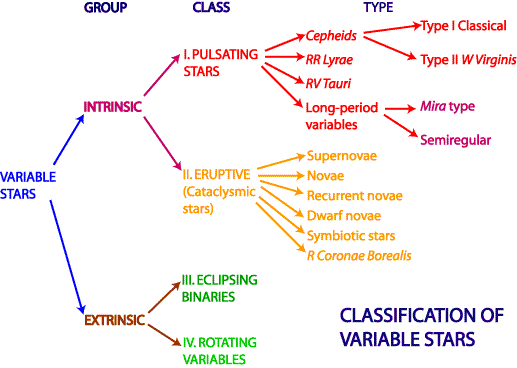Chlorophyll:A chemical that gives plants their green color and trops light energy.
Photosyntesis:The precess in which plants use water, carbon dioxide and energy from the sun to make food.
Vascular plant: plant that have tube-like cells,in their root, stems and leaves to carry food and water.
Non vascular plant:plant that don´t have tube-like cells in their stems and leaves.
Moss: a small non vascular plant that have bouth;stems and leaves, but no roots.
Sexual Reproduction: the forming of a new organism with the union of two cells.
Egg:a female reproductive cell.
sperm: a male reproductive cell.
Fertilization:the joining of egg and sperm.
Xylem:cells that carry water and disolved minerals from the root to the leaves.
Pholem: cell that carry food that is made in the leave to all part of the plant.
Fern :Avascular plant that reproduce with spore.
Seed: a part of a plant that contains a new young plant and stores food.
Embryo: An organism in it earliest stagesof growth.
Conifer: A plant that reproduce seed in cones.
Pollen: the tiny yellow grain on seeds plants in which sperm develops.
Flowering plant: A vascular plant that produce seeds inside a flower.
Flower:the reproductive part of a flowering plant.


























































